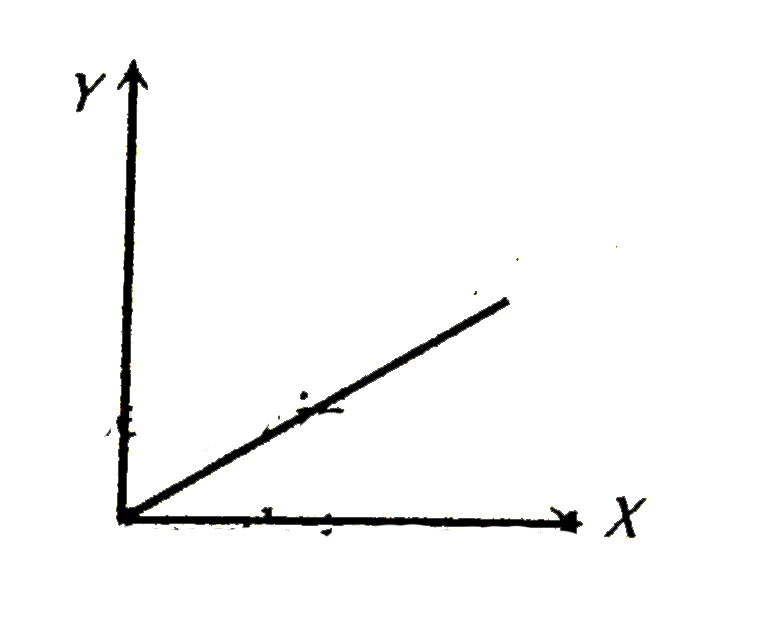Water near the bed of a deep river is quiet while that near the surface flows. Give reasons.Solution in Tamil
Step by step video & image solution for Water near the bed of a deep river is quiet while that near the surface flows. Give reasons. by Physics experts to help you in doubts & scoring excellent marks in Class 11 exams.
Topper's Solved these Questions
- BOOK - HC VERMACHAPTER - SOME MECHANICAL PROPERTIES OF MATTEREXERCISE - Objective-129videos
SOME MECHANICAL PROPERTIES OF MATTER
- BOOK - HC VERMACHAPTER - SOME MECHANICAL PROPERTIES OF MATTEREXERCISE - Objective-27videos
SOME MECHANICAL PROPERTIES OF MATTER
- BOOK - HC VERMACHAPTER - SOME MECHANICAL PROPERTIES OF MATTEREXERCISE - Worked out Example17videos
SOME MECHANICAL PROPERTIES OF MATTER
- BOOK - HC VERMACHAPTER - SIMPLE HARMONIC MOTIONEXERCISE - Exercises58videos
SIMPLE HARMONIC MOTION
- BOOK - HC VERMACHAPTER - SOUND WAVESEXERCISE - All Questions139videos
SOUND WAVES
Similar Questions
A rope 1 cm in diameter breaks if the tension in it exceeds 500 N. The maximum tension that may be given to a similar rope of diameter 2 cm is
04:43View SolutionA student plots a graph from his reading on the determination of Young's modulus of a metal wire but forgets to label. The quantities on X and Y may be respectively.
 04:30View Solution
04:30View SolutionOne end of a wire 2m long and 0.2 cm^2 in cross section is fixed in a ceiling and a load of 4.8 kg is attached to the free end. Find the extension of the wire. Young modulus of steel =2.0×1011Nm−2. Take g=10ms−2.
02:21View SolutionA particle executes simple harmonic motion with an amplitude of 10 cm and time period 6s. At t=0 it is at position x=5 cm going towards positive x-direction. Write the equation for the displacement x at time t. Find the magnitude of the acceleration of the particle at t=4s.
05:04View SolutionA wave of wavelength 0.60 cm is produced in air and it travels at a speed of 300 ms^-1. Will it be audible?
03:45View SolutionThe velocity of water in a river is 72 km h^(-1) near the surface. If the river is 4 m deep, find the shearing stress between horizontal layers of water. Coefficient of viscosity of water = 0.01 poise.
02:03View SolutionThe velocity of water in a river is 18 kmph near the surface. If the river is 4 m deep, the shearing stress between horizontal layers of water in Nm^(-2) is (eta_("water")=1xx10^(-3)pa.s)
04:35View SolutionThe velocity of water in river is 180 km h−1 near the surface .If the river is 5 m deep, then the shearing stress between the surface layer and the bottom layer is ( coefficient of viscosity of water η=10−3 Pa s)
02:31View Solutionस्पष्ट कीजिए :
महानगरों के पास बहने वाली नदियों का जल प्रदूषित होता है |
स्वचालित वाहनों से शहरी वायुमंडल क्यों प्रभावित होता है ?03:29View Solutionस्पष्ट कीजिए बड़े नगरों के समीप बहने वाली नदियों का जल बिना साफ किए पीने योग्य नहीं होता |
02:30View Solutionऔद्योगिक नगरों के समीप बहने वाली नदियों का जल पीने योग्य नहीं होता क्यों ?
09:06View Solutionएक नदी में सतह के पास पानी का वेग 18 km/h है । यदि नदी 5.0 m गहरी हो , तो पानी कि क्षैतिज परतो के बीच अपरूपक प्रतिबल ( shearing stress) निकाले । पानी का श्यानता गुणांक 10−3N s/m2
03:12View Solutionऔद्योगिक नगरों के समीप बहने वाली नदियों का जल पीने योग्य नहीं होता। क्यों ?
View SolutionThe velocity of water in a river is 18 km/h near the upper surface. The river 5 m deep. What is the shearing stress between the horizontal layers of water ? (Coefficient of viscosity of water= 10−2 Poise)
02:54View Solutionरात में नदी के पास की रेत, जल की अपेक्षा अधिक ठण्डी होती है, क्यों ?
02:51View SolutionWhy some pepole do not have drinking water facilities eventhrough they reside near rivers and streams? Give yours reasons.
View Solution

